Daring to Look at Shadows: The Art of the Eerie.
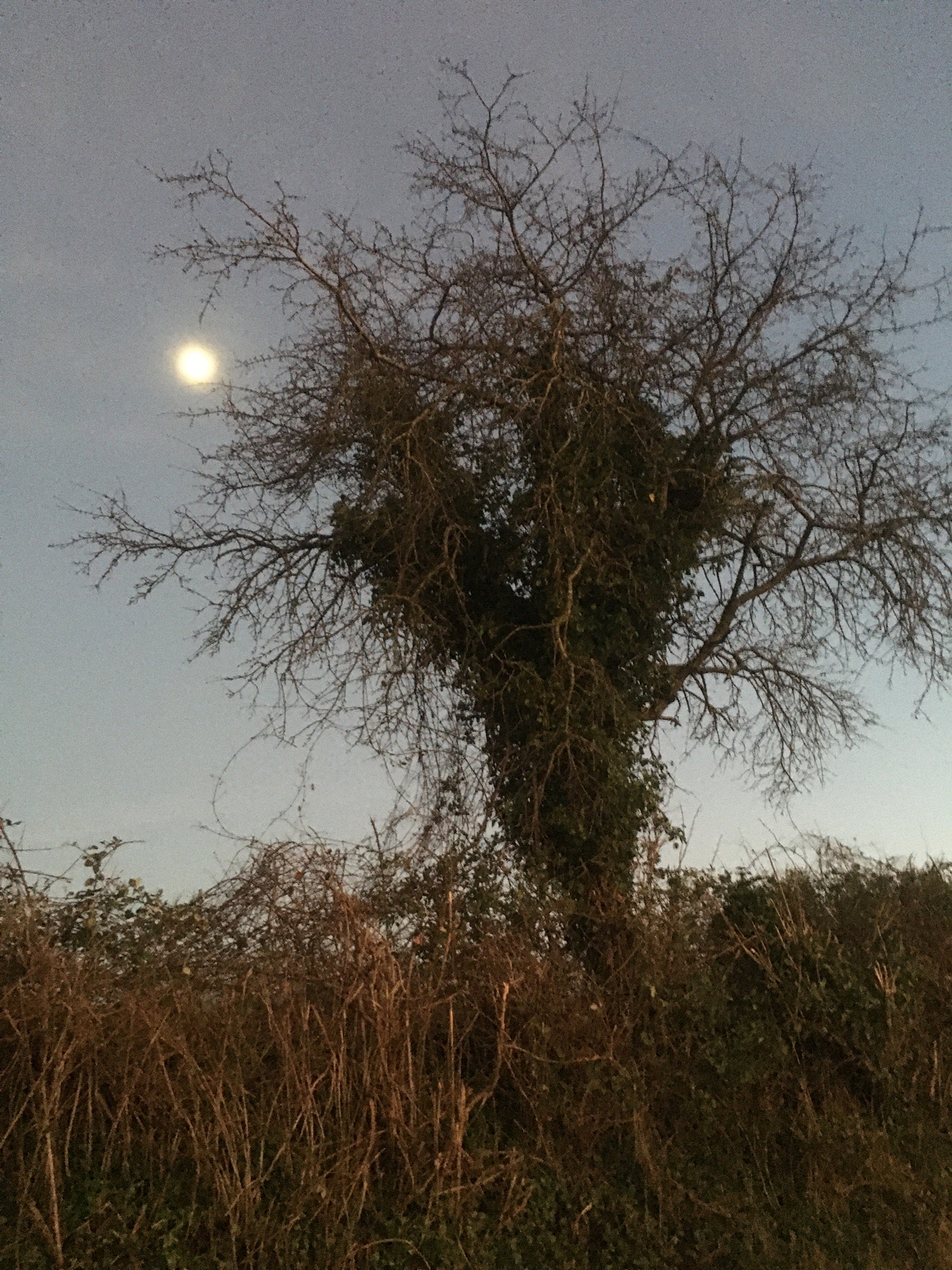
I have always been more than a little haunted by a presence from the rural past; although haunted is perhaps not quite the right word. More a desire to understand where we might come from, where or how we might have gone wrong, and how that might inform where we should go. An explanation and a guide, perhaps. A bassline, a reassurance, a challenge, conscience or certainty, where there is none.
This feeling is there, too, in the presence of absence: an absence of voices, people, events, species – that were so alive once – or perhaps, should have been there and were not. For me, it feels like a kind of reading. A warning; and, somehow, an urgent need for ‘them’ or the landscape itself, to be heard. For your own memories to be reconfigured with distance and hindsight. And also crucially, it is the desire to have some kind of reckoning. A correction, a conversation, a riposte, a protest (sometimes forgiveness, sometimes not) where often, none can be had.
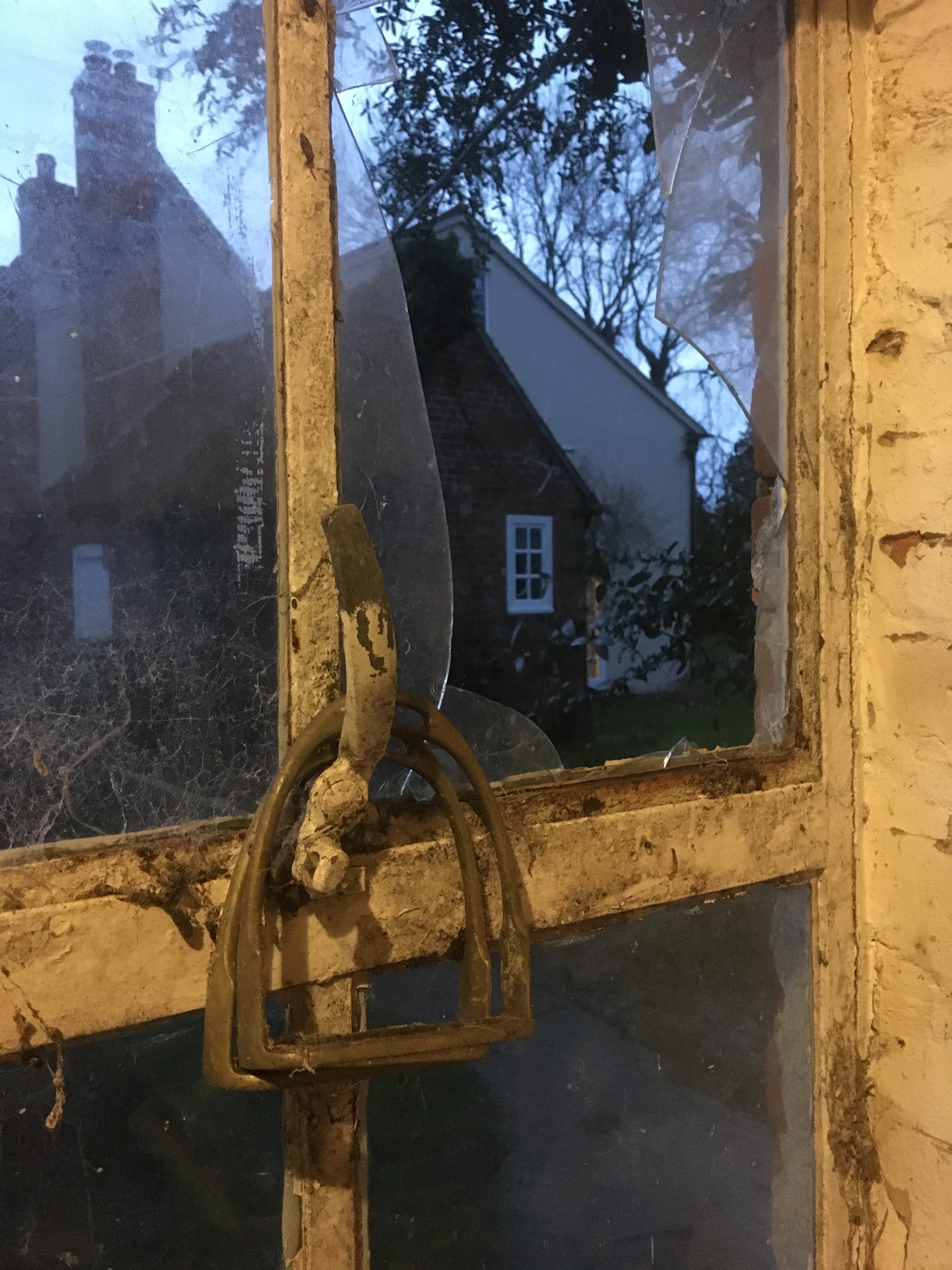
Art is a way of addressing, inviting, or examining this. A daring to look at shadows.
I was delighted to make an exhibition at St Barbe’s Gallery in the New Forest last month, just before it ended. Unsettling Landscapes: The Art of the Eerie, was co-curated by award-winning author (and conjuror, with artist Jackie Morris, of The Lost Words and The Lost Spells) Robert Macfarlane, alongside Exhibitions Curators Steve Marshall and Gill Clarke. I was compelled to go and brought my youngest daughter Rosie, with me. She is 14 and fascinated by art.
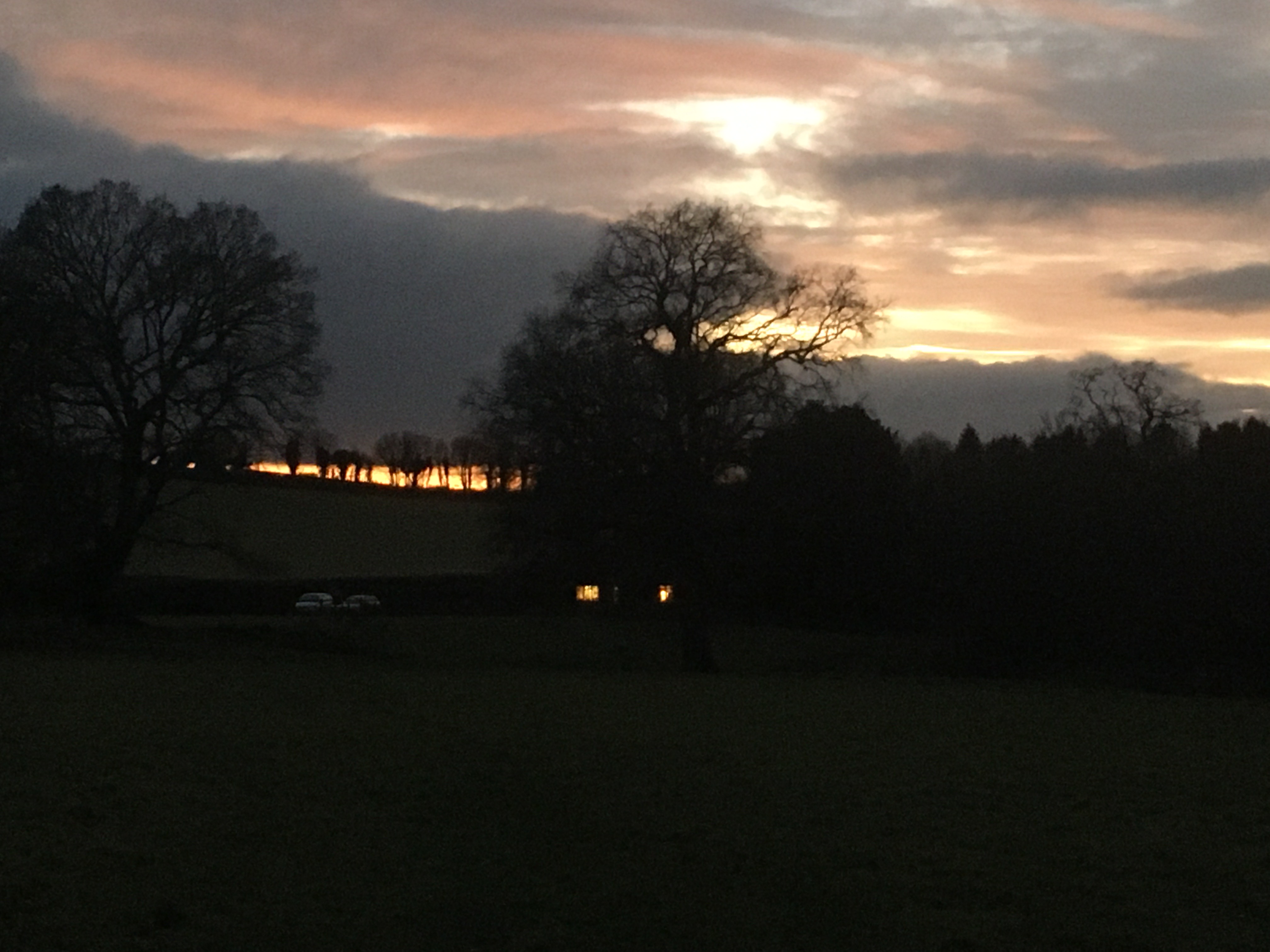
The exhibition explored eerie representations of rural landscapes after the First World War to the present. Robert Macfarlane describes the eerie as ‘that form of fear which is felt first as unease then as dread, and it tends to be incited by glimpses and tremors rather than outright attack.’ Different from horror or the ‘gothic’, there is something melancholy and persuasive about it. It draws us in to its story yet simultaneously displaces us. Exploring themes of alienation, agency, ownership and environmental disaster, it was grouped into four overlapping themes, Ancient Landscapes, Unquiet Nature, Absence/ Presence and Atmospheric Effect. Macfarlane notes that eerie art has often flourished at times of crisis, and there was much to identify with here.
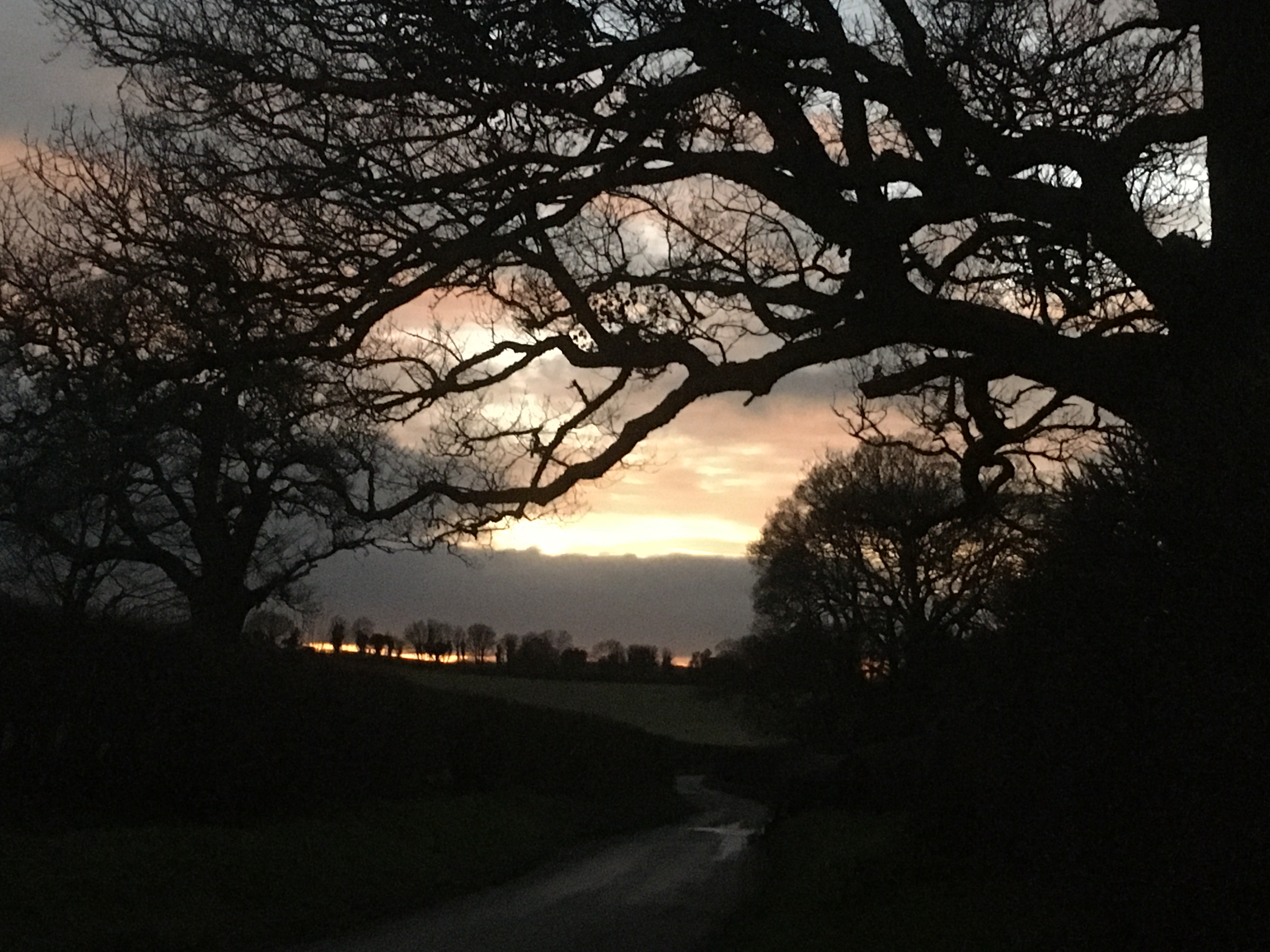
The best art exhibitions are those that make connections; popping ideas, instigating slow-flooding realisations and snapping synapses into life. These entwined, wrapped around, barred, lit and vanished, as tantalisingly as the vines and smoke of ‘bedwine’ (or travellers joy) threading up the A34 and back.
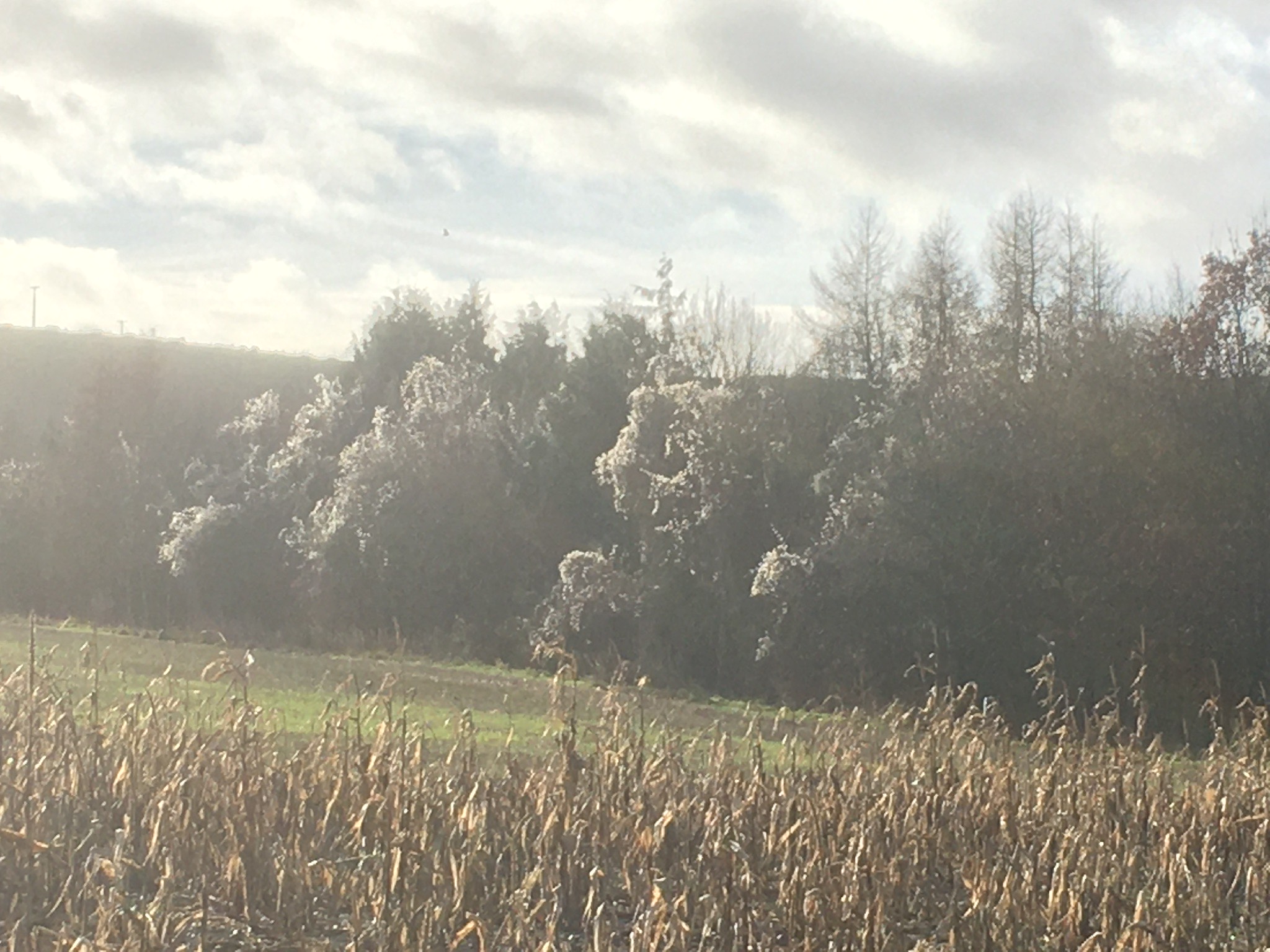
Dark, depthless pools, holloways, blasted oaks and gleams of light foregrounded with shadows; figures hinted at and landscapes empty of wildlife or people and abandoned works featured. Tristram Hillier’s 1980 ‘Glastonbury Fen,’ of willows pollarded into raised fists beside an abandoned shovel and coat left on a sinuous path; standing stones, hanging woods and vistas blocked by briars like barbed wire, conspired to make you feel uneasy, uncomfortable, perhaps, whilst at the same time, beckoning you in. Francis Mosley’s illustrations to M R James’ ghost stories sat alongside George Shaw’s paintings of rural or ‘edgeland’ fly-tipped electricity substations, reminiscent of those terrifying public information films of the seventies, in ‘The Danger of Death’; or empty housing estates, painted in Humbrol modelling paint, where, during the Cold War (and now) it seems ‘the end of the world was coming in a matter-of-fact kind of way, like the ice-cream man,’ as we sat in our bedrooms, painting Airfix models, and shepherding our Britains toy farm animals across carpets.
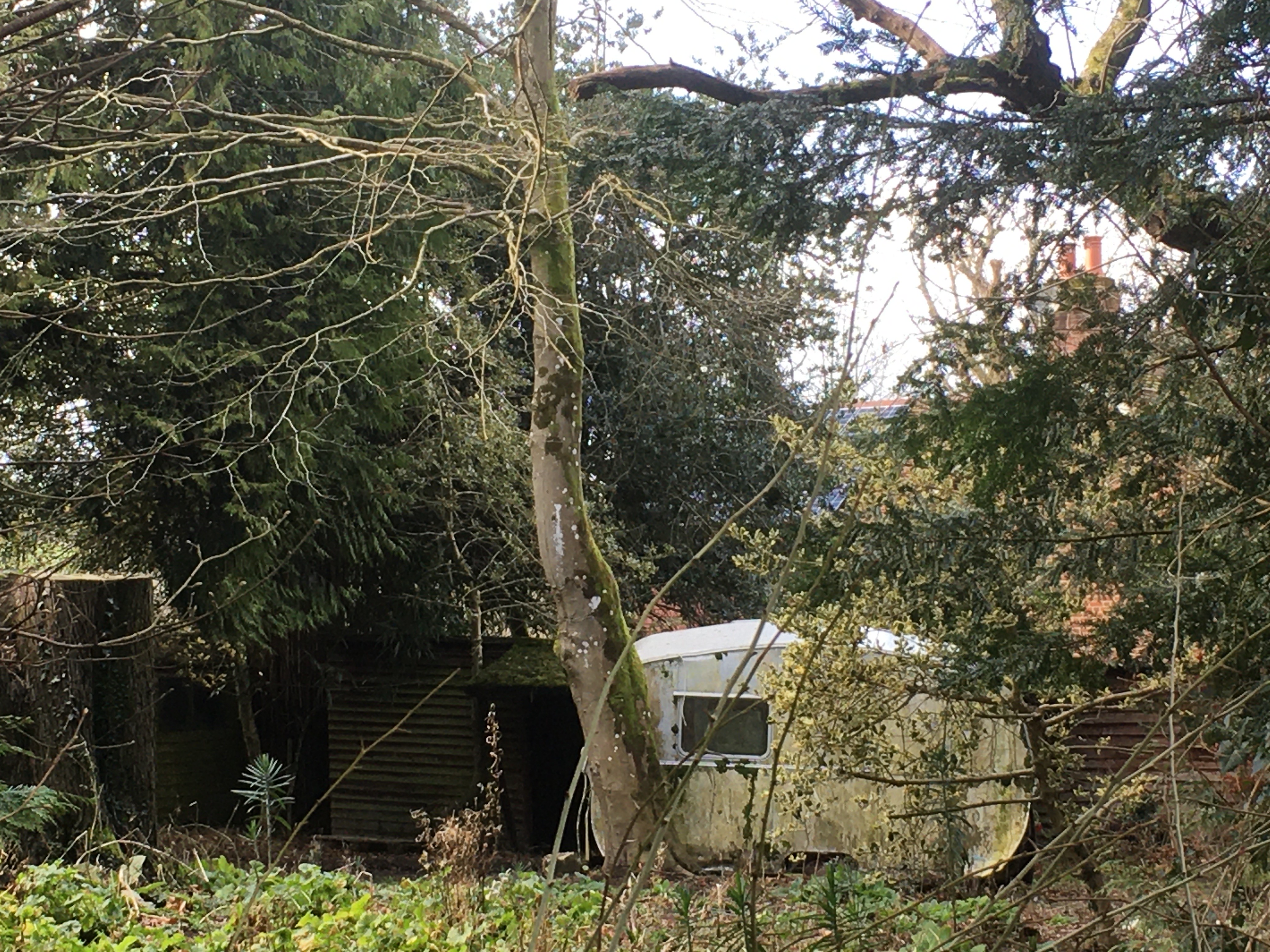
Ingrid Pollard’s beautiful and moving ‘Pastoral Interludes’ from 1988 depict lonely black figures searching for shells in a river or pausing on a hike, uneasily fenced out of a landscape. Her photographs are tinted and hand-coloured like vintage postcards, haunting us all and making a link between the hidden histories of colonial brutality and slavery that helped shape the English countryside, with its country estates and bucolic villages, where ‘black people are only imagined in urban settings and a visit to the countryside is always accompanied by a feeling of unease or dread.’
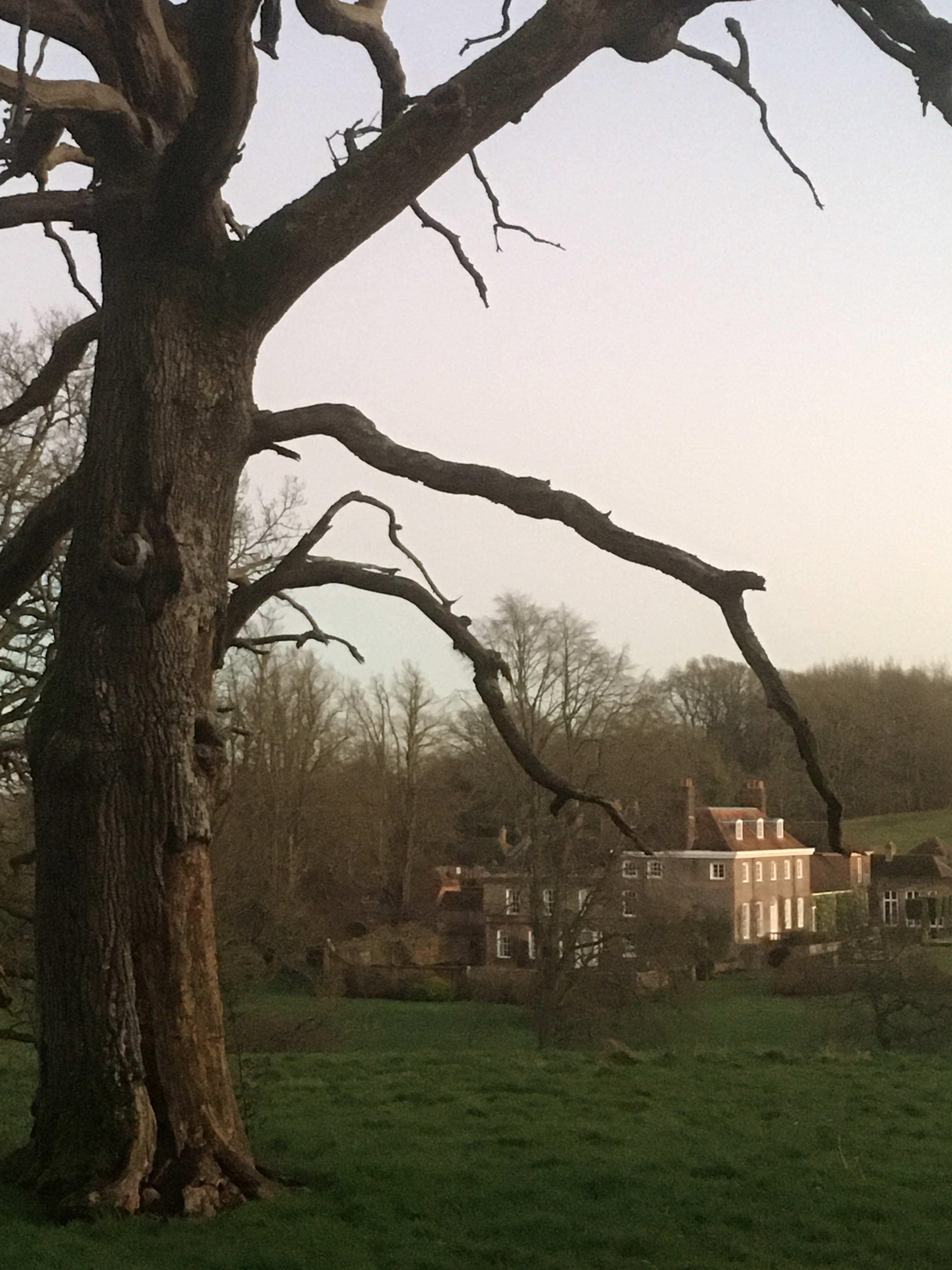
My daughter, husband and I break for cake in the café, before going back in to see the exhibition one last time. We fizz with thoughts and ideas, each enlightening the other with different perspectives. Each enlightened.
Living where we do, in a tenanted cottage on a country estate bordering three counties, below an Iron Age hill fort, we know the reassuring world of the pastoral idyll doesn’t always exist. But today, we’ve also seen it from other’s viewpoints.
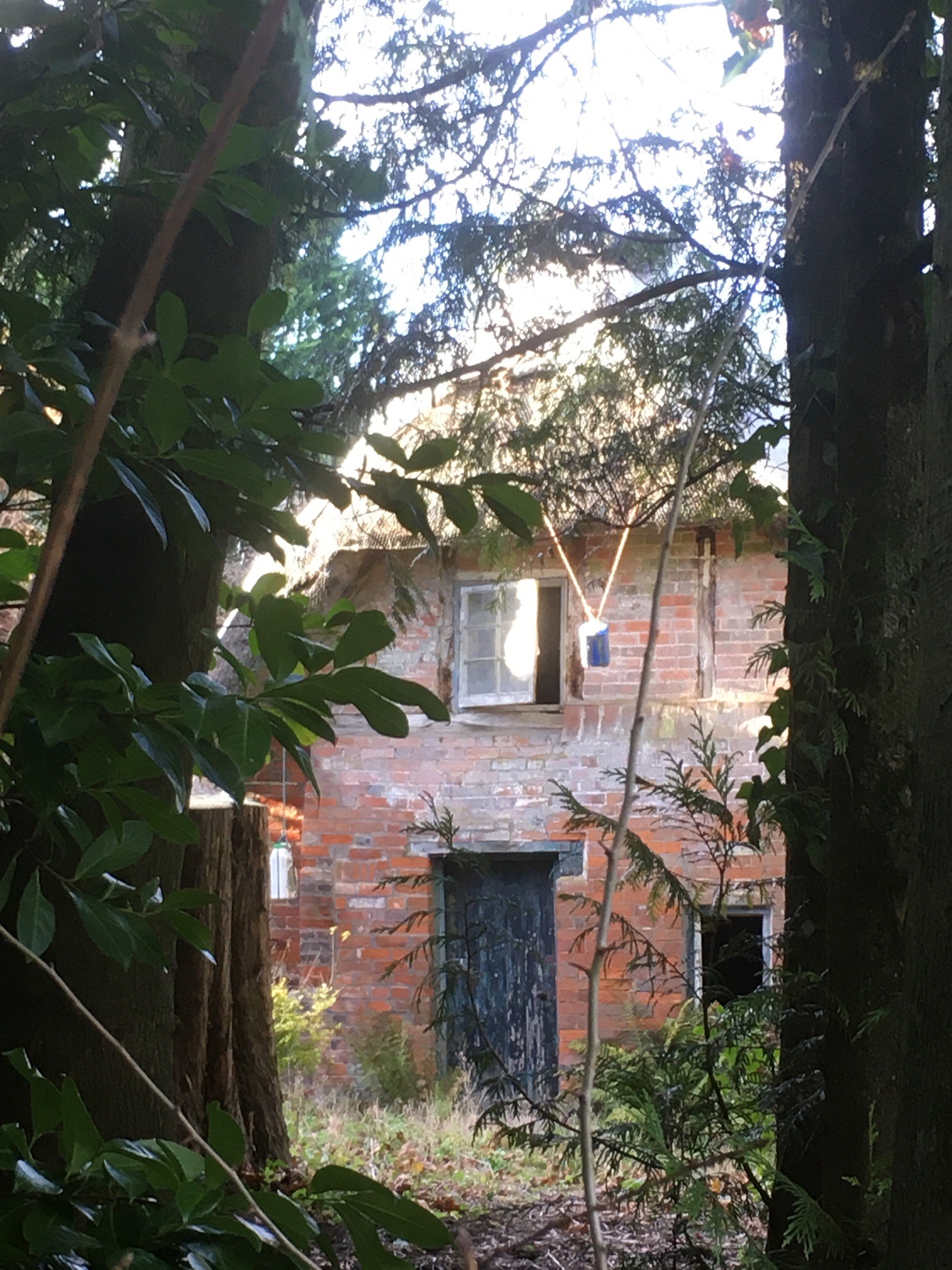
The landscape has much to tell us. Elizabeth Magill explains in her artist’s testament: it incorporates ‘our histories, our fears, our joys. I hint at beauty as a conveyor of hope but also to heighten what I perceive as an imminent and prevailing sense of loss.’ I identify with that. Among the foreboding, foreshadowing, barred ways, deeply troubled past, supressed wilderness and control, is also possibility, beauty and the opportunity to see through the viewfinder of others.
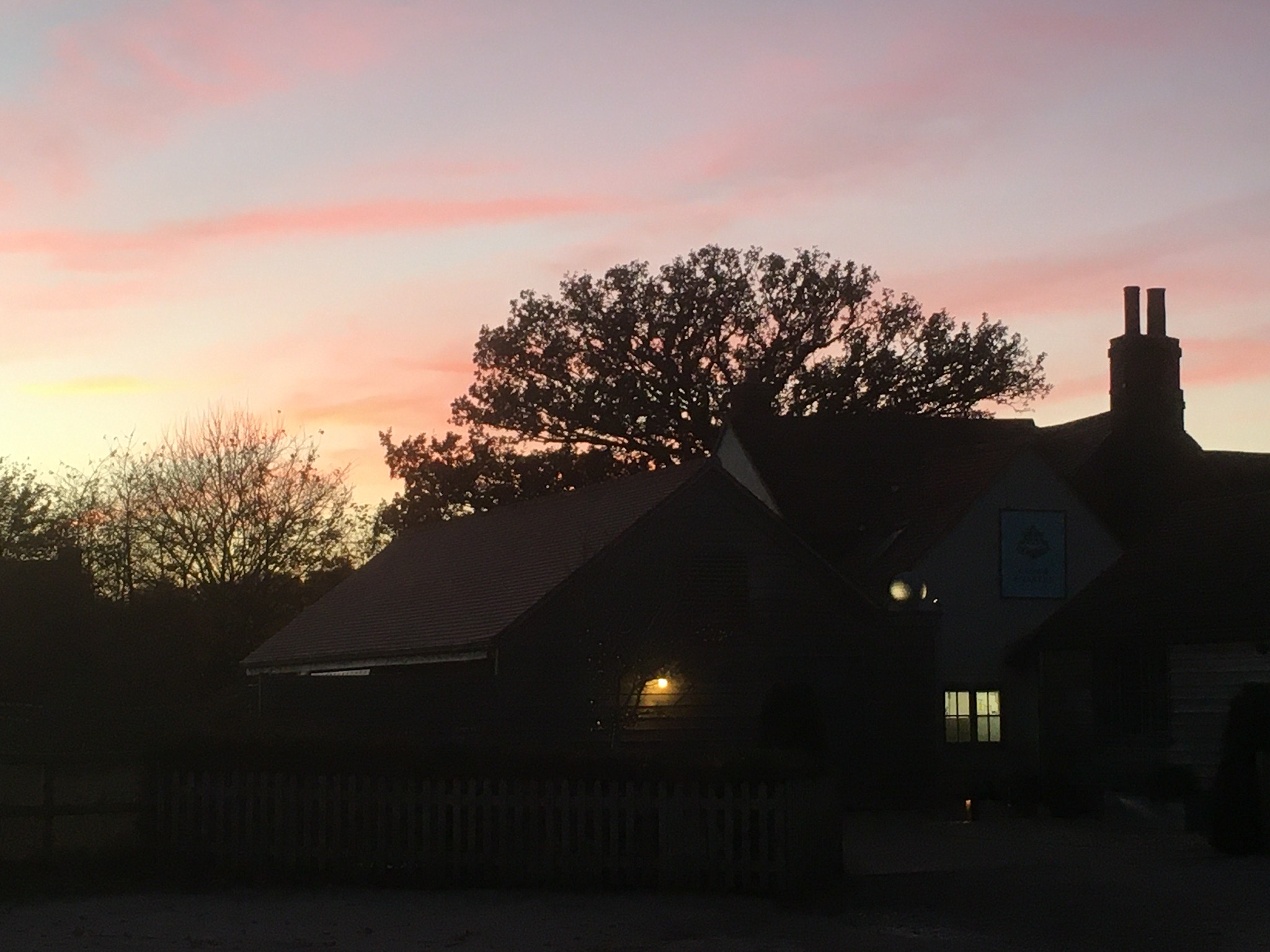
We were devastated to find the exhibition catalogues sold out – but consoled ourselves with the notion that perhaps, this was part of the deal. The landscape’s past and present meaning, somehow remaining just a little out of reach; perhaps, we just hadn’t earned it yet.
The photographs here are my own. Most of them taken before the exhibition; some after. Some, uncannily resembling some of the artworks themselves.
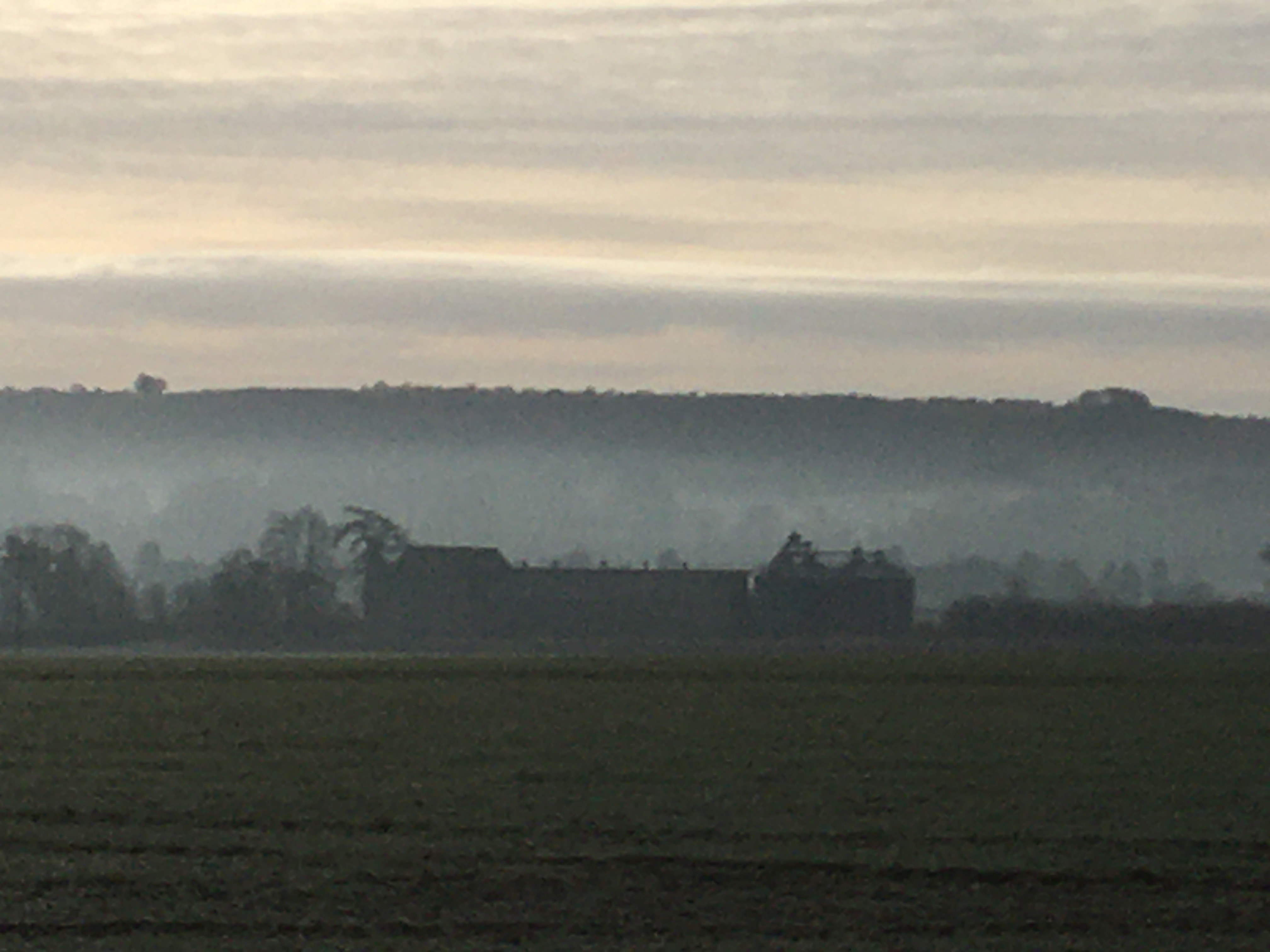
Postscript: My daughters and I are extremely grateful to Robert Macfarlane for sending us a spare copy of the catalogue. It’s an exhibition that will loom large in our memories, give pause and influence our own ideas and creative endeavours to come.
Leave a comment